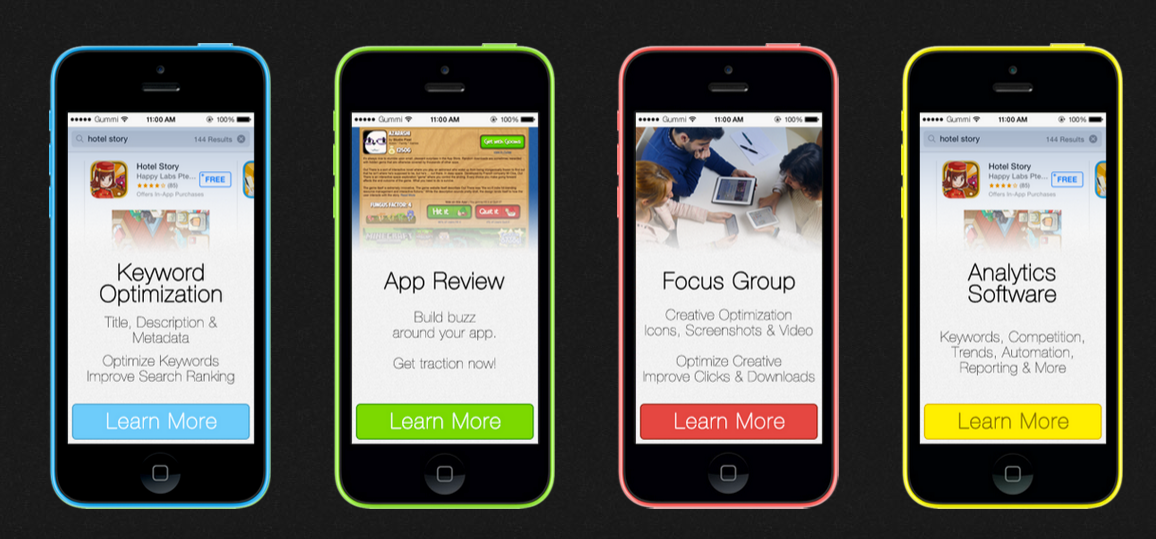What You Need to Know About App Store Optimization (Guest Post)
A variety of “experts” are now weighing in on exactly how app store optimization (ASO) works. From established SEO gurus to app developers, everyone seems to have an opinion of what builds rank and drives downloads in the app store.
The fact of the matter is, however, that none of these so-called experts have done the grueling and intricate analysis required to truly understand app store optimization—most are simply inferring methodology from Search Engine algorithms and philosophies. After years of data collection, user analysis, and application monitoring, we’ve recognized trends that completely debunk most of what these sources are reporting. So here’s our take on exactly what you need to know about app store optimization.
On-site Analysis
The first crucial element to any app optimization strategy is ensuring the on-site plan is in place. Most importantly, this means carefully configuring your keyword phrases, meta description, and of course your app title. There are a number of metrics to analyze when determining what keywords to place in your app profile. Most importantly, relevance is key in determining how to optimize, not search volume. Make sure you focus on the relevance of your keywords as they apply to your app. Secondly, phrases are more Important than keywords. You must target the different keywords within each phrase separately. Each keyword must be looked at differently to optimize; then look at the phrases a group of keywords can build to understand optimization intelligently. (i.e. Do not target “Building Great Apps”; rather target “Building,” “Great” and “apps” individually, and all combinations therein.) Place these phrase variations within your title, meta, and keyword selections.
Off-site Analysis
The key element to building off-site optimization lies in reviews. Encouraging reviewers to leave reviews with appropriate keyword phrases is significant when it comes to ASO, although of course you don’t have much control over this. Using platforms, like our Gnome Escape, however, allows developers to connect directly with users and promote reviews to enhance off-site app optimization.
Data & Metrics
Most developers don’t have any easy method for analyzing competitors, tracking trends in categories and keyword phrases, and determining accurate app store search volumes. In fact, it’s virtually impossible without a sophisticated algorithm based on years of data and thousands of apps…but oh, how necessary this is for optimal app marketing. Moreover, trends change every 30-45 days, so phrases and optimization strategy must also change frequently. Be sure to work with a reputed and knowledgeable optimization service. (HINT: There aren’t many others that exist.)
Automation Tools for Optimizing
Whenever possible, use an automated app optimization solution to help create optimization strategy. Analyzing the above metrics, configuring all necessary keyword variations based on the data, and doing so every month to adhere to changing trends, would be a full time job in itself. That’s why it’s so important to find a robust, intelligent platform built by experts that can automate or at least speed up the process.
This article is a guest post by David Bell, founder at Gummicube, Chasma, Draft Zone and Playphone.

